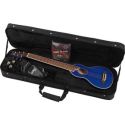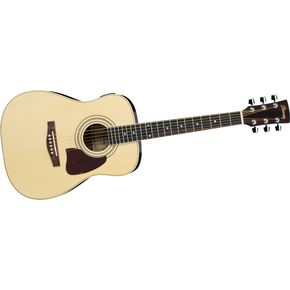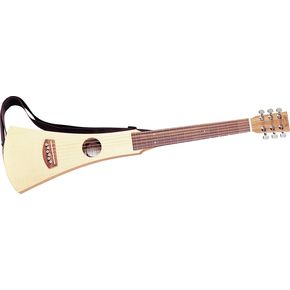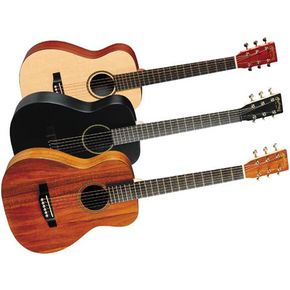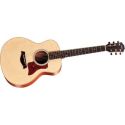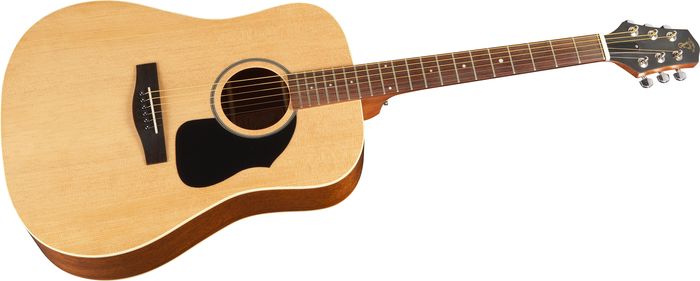|
Which Acoustic Travel Guitar Suits Your Needs?
Purchasing an acoustic travel guitar can take as much time and consideration as purchasing a full-sized guitar that is used for practicing and recording.
This travel guitar review will hopefully give insight on things to take into consideration before purchasing. But first, perhaps it would help if we were able to define just what a travel guitar is. Just What Is An Acoustic Travel Guitar?Unfortunately, there is no one definition for an “acoustic travel guitar”. And, what makes a good travel guitar for one person may differ from another’s opinion. It is, in the end, all down to perception, what sort of traveling you will be doing, and what sort of conditions are you going to be playing your guitar in? If you are simply looking at portability, a guitar is about as portable of an instrument as you can get and there are plenty of cases available to choose from in protecting your guitar. Most guitars are light enough to be carried easily, even when packed in a hardshell case. If, however, you would like to have a guitar accompany you on, say, a backpacking or camping trip or if you are looking at flying regularly and would like a guitar that fits into an airline’s overhead compartment, then a travel guitar may be just what you need.
Choosing a Travel GuitarWhen choosing an acoustic travel guitar, most people pick a small acoustic guitar that they can carry easily and that can handle the stress of the particular travel planned. It is important, however, to be aware of the guitar you are considering, because a small-sized guitar is not always an indicator that the guitar would make a good travel guitar. There are guitars that are constructed to be ¾ or ½ size of a regular model (simply smaller versions of the larger guitar) and then there are small-sized guitars that are constructed for use by children whose fingers are smaller than those of adults. These models usually have strings that are closer together and do not necessarily make for a good acoustic travel guitar, as they can be challenging for adult-sized fingers to play. Also, you need to take a look at the construction of the guitar and put that together with the kind of traveling you will be doing. Are you headed for a high-moisture area? Then you may not want to purchase a solid-wood body guitar to take as an acoustic travel guitar as you will not be able to protect it. Will it be taking a lot of knocks and be subject to a lot of dents? Then you may want to consider a high-gloss laminate body, versus a solid-top guitar, that can stand up to extra wear and tear. And if you DO ruin it, that won’t cost you a fortune to replace. Note: when traveling by air, be advised that due to changes in airline regulations, they may not even allow a travel guitar to be checked in an overhead compartment but may require your guitar to be checked. Check with your airline before deciding to take ANY sized guitar with you when you fly. If checking your guitar, you may need to invest in a travel case. There is also something else to take into consideration; which small acoustic guitars will not only stand up to the stresses of travel, but will also sound good?
More Buying Tips
|





